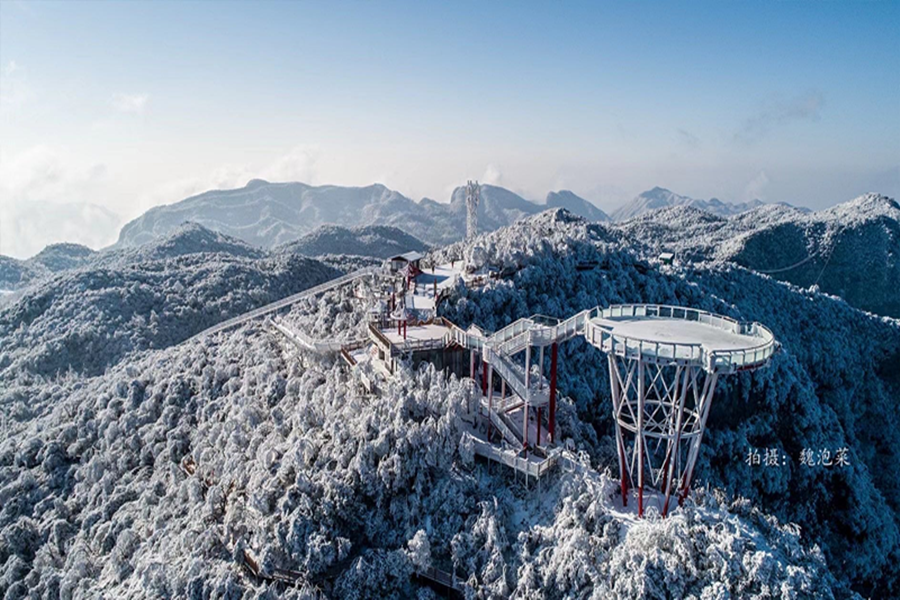
Destinations Guide
Destinations Guide
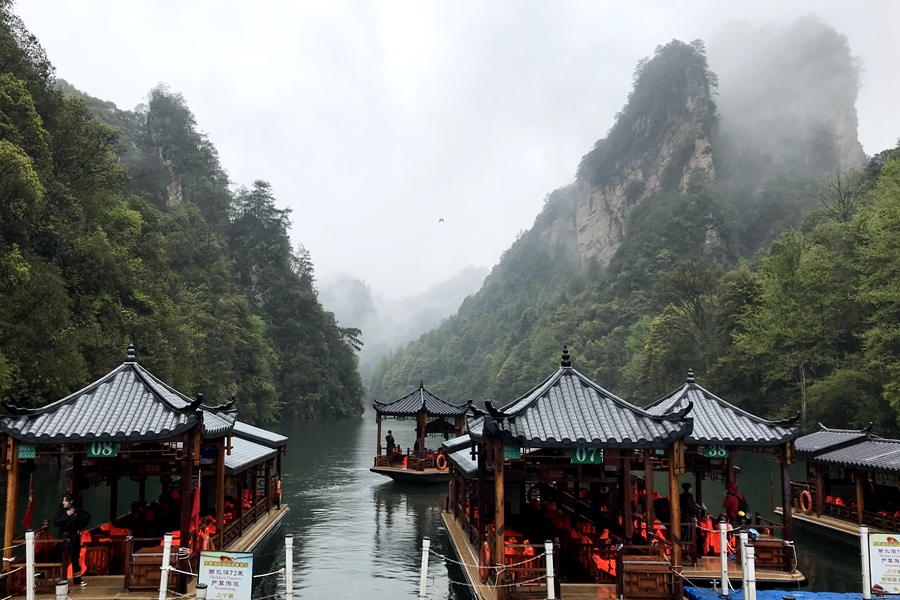
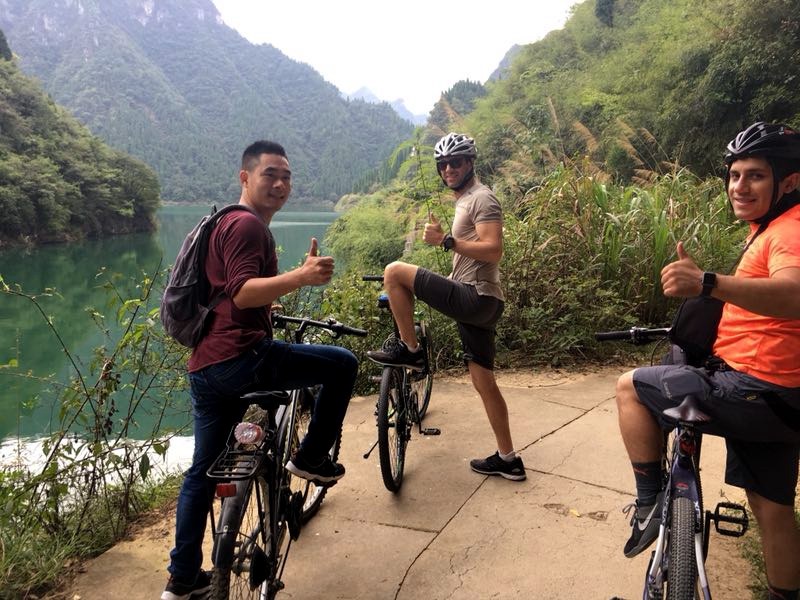
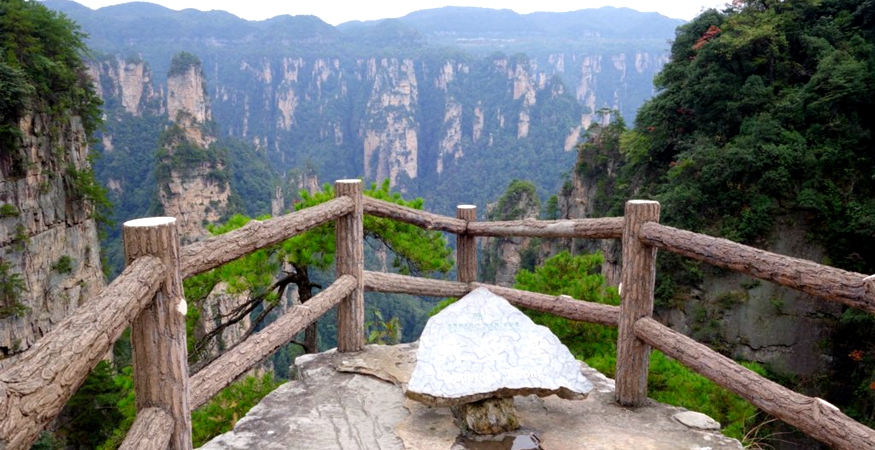
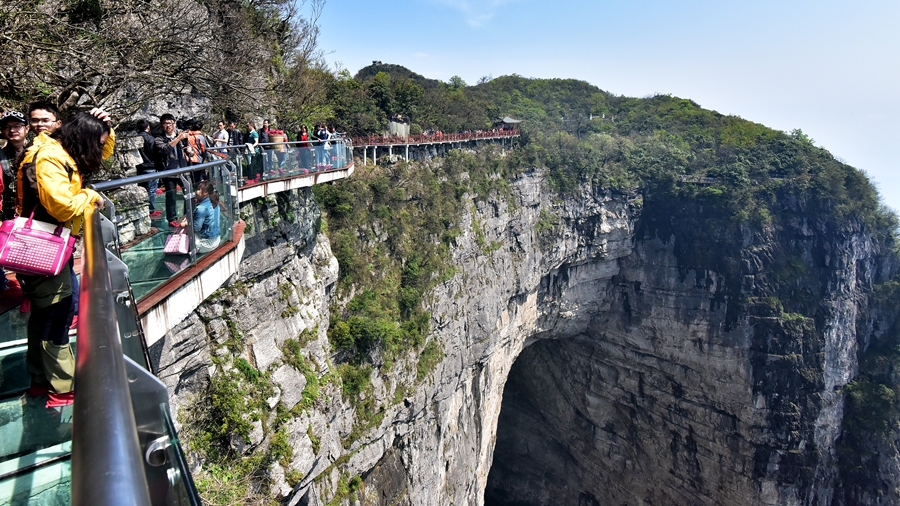

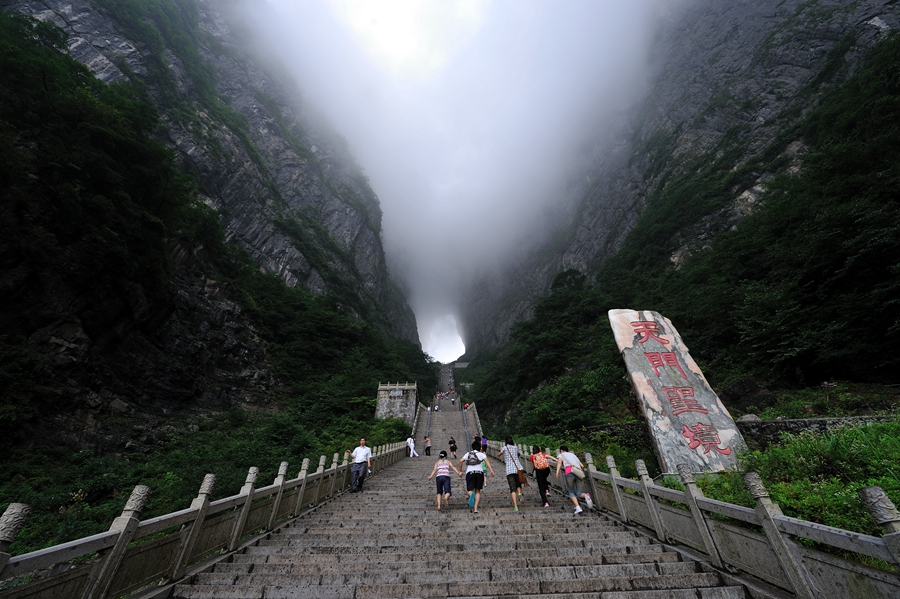
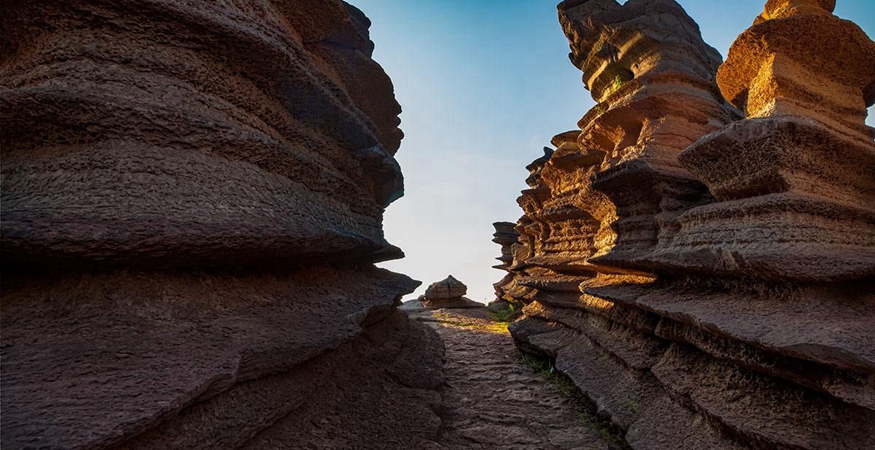
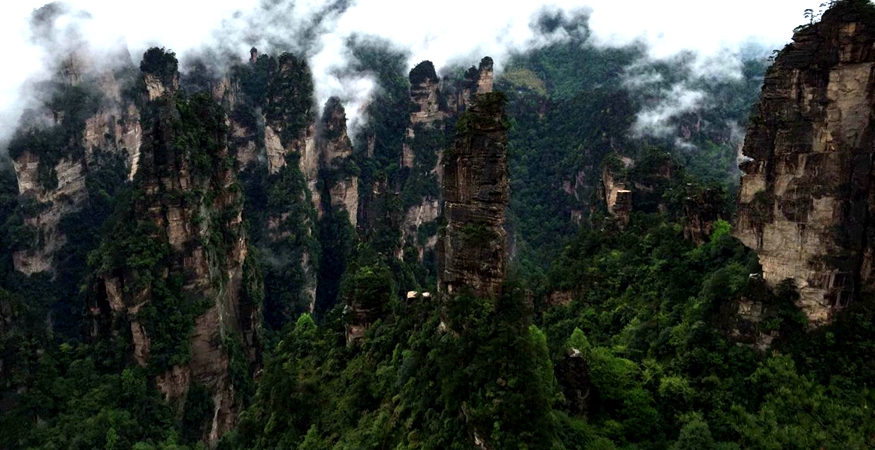
Destinations Guide
Zhangjiajie Crowne Plaza Hotel & Resort , located in Wulingyuan area , is only 15 minutes walk to the Zhangjijaie national forest park, and 10 minutes walk to Wulingyuan...
Inquiry Or Customize Your Tour Detailed Itinerary Day 1 Arrive Zhangjiajie Meals: None Arrive zhangjiajie airport by flight from Other city ,Local guide and driver pick up from Zhangjiajie Airport. transfer to your...
Sanxiaguo is the most popular dish in Zhangjiajie city ,it’s a local mixed hot pot with different meats anf veggies that people eat it almost everyday , even in...
Located in the famous Wulingyuan Scenic Area, Pullman Zhangjiejie Hotel is a 5-star hotel with a seasonal outdoor pool. The roomsfeature free wired internet.Guests can work out in the...
The Goddess of Mercy Cave, located in Loudi city, is a 300-meter deep gorge narrowed between precipices, with a 1, 200 m pond taking water from 5 springs at...
Lang Mountain is the most Spectacular scenes locatdd in Xinning County, Shaoyang City. The 80 km scenic area presents a landform of red nephelinite peaks occasionally dotted with karst...
The Stone Drum Academy, one of the 4 famous institutions of higher learning in the Son dynasty(960/1279), is situated atop of the Stone Drum Hill at the confluence of...
The Chinese people are proud of being descendents of Emperor Yandi and Emperor Huangdi who respectively ruled the Yangtze River valley and the Yellow River valley about 5, 000 years ago hey both made great contributions to their primitive tribes and are looked on as the revered ancestors of the whole nation According to legends, Emperor Yangdi“ invented the spade-shaped plough, taught his subjects how to do farm work, tasted various herbs, made medicines, wove hempen cloth and set up markets”.Late in his life, he continued to serve his people by treating their diseases and, unfortunate. ly, died after tasting poisonous herbs in Ling County. Admiring his merits and virtues, his posterity built the Ancestral Temple to Emperor Yandi at his burial mound in 967. Since then, in important ceremonials, sovereigns of every later dynasty always told envoys to visit the temple and offer sacri fices. Ruined several times in wars and natural disasters, the Mausoleum was rebuilt in the Qin ng dynasty(1616/1911). Yet, in 1954, it was burned down. In October, 1985, the provincial gov- ernment appropriated a big sum of money and ordered the construction of the Mausoleum at the former site in Lingxian County. Now it has been a sacred place where the Chinese people pay homage to their ancestor. The front gate is called the Meridian Gate as our ancestor enjoys supremacy even unchallenged by sovereigns. It is flanked by partitioned rooms that house dozens of steles inscribed with funeral orations of various dynasties. Beyond the gate, the vermillion steps lead to the Salute Pavilion where worshipers are supposed to stop and give a salute before entering the main hall. Behind the pavilion unfolds 3 marble ramps carved in relief with patterns of intertwining clouds and dragons They are fixed between 3 flights of marble steps that climb up the 3-tiered terrace High on the terrace stands the main hall, a finely decorated building with a hipped and gabled roof of double eaves. It houses a golden statue of Emperor Yandi sitting behind a basketful of crops with a bunch of rice ears and medicinal herbs in the left hand and a plough in the right hand. Be. hind the hall is a pavilion, in which the grave stone is fixed; and further on, the resting place of our revered ancestor lies in the rear of the courtyard. These major buildings, distributed one after another along the central axis, are very symmetrically flanked by by minor buildings. such as the Sage Worshiping Temple, the Lofty Virtues Archway, the animal-sacrificing Pavilion and the Harvest Singing Terrace.Set off by towering old trees, the mausoleum seems all the more stately and splendid, with the golden roofs flashing brilliantly in the sun and the purple walls ....
The Peach Blossom Spring, a scenic area 15 km southwest of the county seat of Taoyuan and 43 km from the city of Changde, is well-known throughout the county...
Qu Yuan(340 bc–278 BC), an upright statesman of the State of Chu during the Warring States Period(475 bc-221 BC), was exiled late in his life to present day Miluo,...


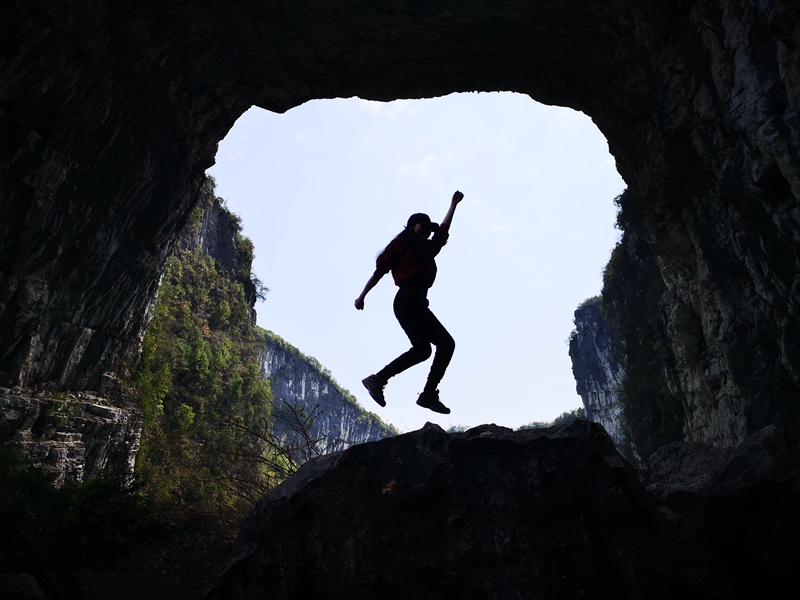
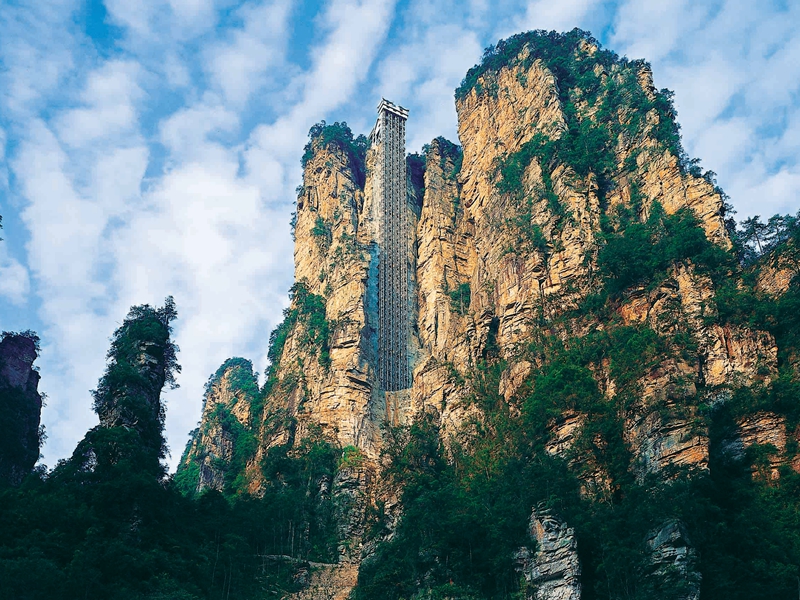
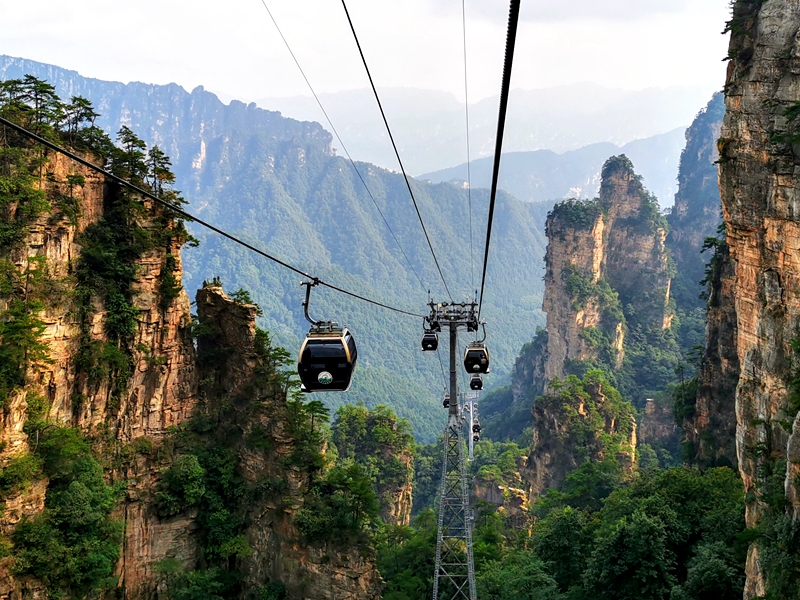
No. 631 , Zi wu road , Yong ding District , Zhangjiajie city , Hunan Province ,China
+867448208096 +8613487449439
discoverzhangjiajie@gmail.com
Daily: 9:00 am - 6:00 pm
Sunday: Closed
Copyright © 2015-2025 DiscoverZhangjiajie. All Rights Reserved
No. 631 , Zi wu road , Yong ding District , Zhangjiajie city , Hunan Province ,China
+867448208096 +8613487449439
discoverzhangjiajie@gmail.com
